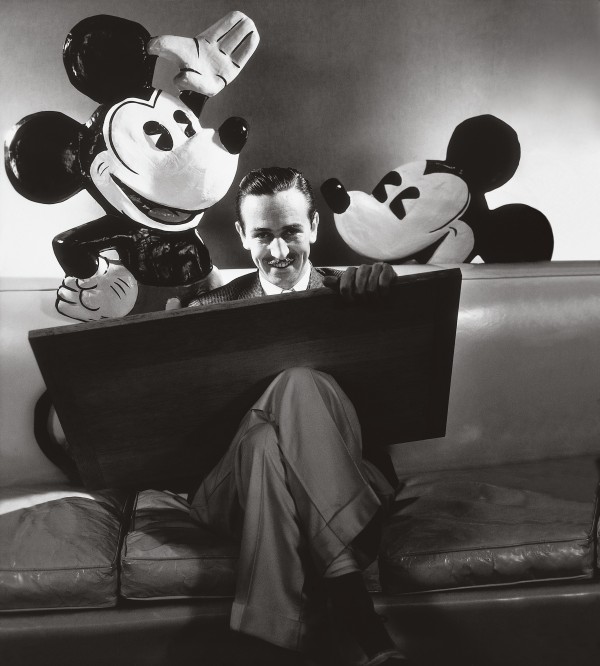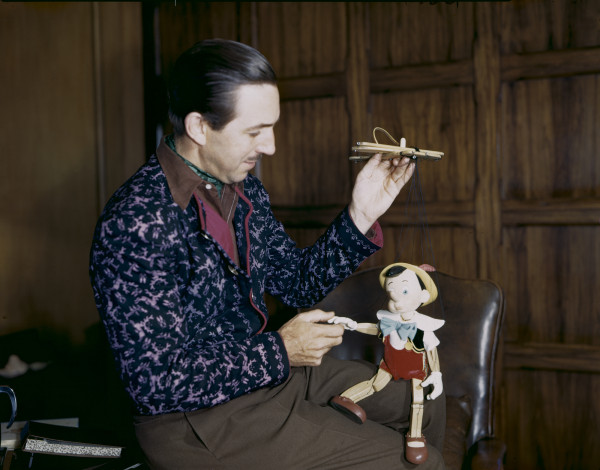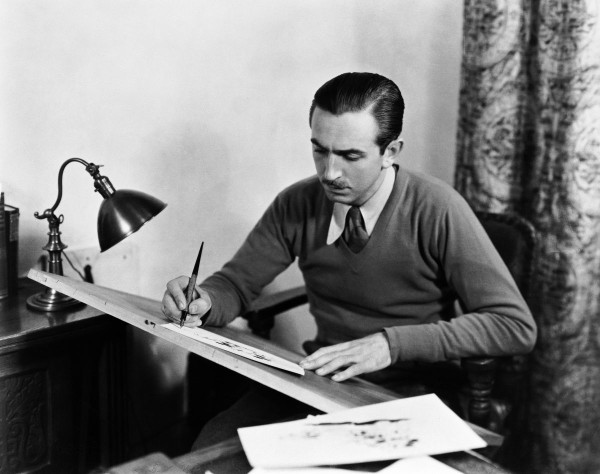At the age of 30, Walt Disney (1901-1966) was an international celebrity, hailed as a brilliant cartoonist by his peers.
Walt Disney on the ascent
Disney’s rise from obscurity to fame is chronicled in a two-part PBS television biopic, American Experience: Walt Disney, which will be broadcast on September 14 at 9 p.m. Sarah Colt’s four-hour magnum opus, the first half of which I saw, is wide-ranging and intensely interesting. Stripped to its bare essentials, it’s about an ambitious and talented man who never lost faith in his vision and abilities and created an empire.
The recipient of numerous Academy Awards, he was born in Chicago, the son of a failed businessman. A mainly self-taught commercial artist, he launched his career in Kansas City and went on to create a series of short cartoons called Laugh-O-Grams.
When he was 20, he started his own animation company, but the going was tough. He subsisted on canned beans and relied on the kindness of a Greek restaurateur. Disney went west to Los Angeles, determined to be a movie director, but made no headway. His luck changed after making the short Alice in Cartoonland. Margaret Winkler, a New York City cartoon distributor, was impressed and ordered a dozen new shorts.
Buoyed by her confidence in him, Disney persuaded his brother, Roy, a vacuum cleaner salesman, to join him as business manager. Walt Disney Studios flourished, especially after the creation of the character Oswald the rabbit.

In 1928, Disney dreamed up Mickey Mouse, an iconic character who would assure his future. A workaholic, he suffered a nervous breakdown in 1931, an event that prompted Disney to better balance his family life. Disney would be a doting father to his daughters.
Silly Symphonies, which blended animation, fine art and music, was a technical breakthrough for Disney. He followed that up with Snow White and the Seven Dwarfs, a feature-length, story-driven movie in technicolor that required 200,000 drawings. A commercial and artistic triumph, it grossed the equivalent of $100 million in the first year of its release.
Disney was miffed that Snow White was not taken seriously by the powers-that-be in Hollywood, but he was not deterred. In quick succession, he made Fantasia and Pinocchio, both of which broadened the scope of animation and pushed the boundaries in special effects but were flops at the box office.

Hit hard by the losses, Disney’s company went public to survive. The tactic worked, emboldening Disney to build a state-of-the-art studio in Burbank which offered its best workers great perks. Disney paid his most valuable employees excellent wages, but the rest were grossly underpaid. They threatened to go on strike.
Being paternalistic to the core, he delivered an impassioned speech in which he tried to talk them out of striking, but he did not succeed in mollifying them. Part one ends on this uncertain note.
